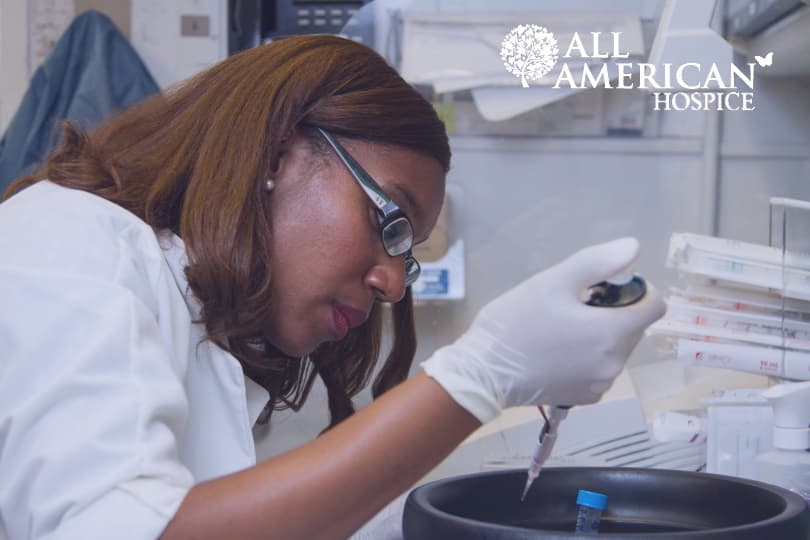Table of Contents

All About Colon Surgery
Early-stage colon cancer is frequently treated with surgery. The cancer’s stage determines the sort of surgery utilized and the location in the colon, as well as the procedure’s purpose.
Any colon surgery must be performed on an empty and clear colon. Before surgery, you’ll be put on a special diet and may need to utilize laxative beverages or enemas to get all of your stool out. This bowel preparation is similar to what is done before a colonoscopy.
Local Excision and Polypectomy
Most polyps and certain early colon malignancies (stage 0 and early-stage I tumors) can be removed during a colonoscopy. This process involves inserting a long flexible tube with a tiny video camera into the person’s rectum and easing it into the colon. During a colonoscopy, several procedures can be performed:
- The malignancy is removed as part of the polyp, cut at its base (the part that looks like the stem of a mushroom), during a polypectomy. This is commonly accomplished by inserting a wire loop through the colonoscope and using an electric current to clip the polyp off of the colon wall.
- Local excision is a process that is significantly more involved. Tiny malignancies on the colon wall’s interior lining and a small quantity of surrounding healthy tissue on the colon wall are removed using tools inserted through the colonoscope.
Colectomy
A colectomy is a procedure that involves the removal of the colon, all or part of it. Lymph nodes in the area are also removed.
Colon Surgery Types
The types of colectomy are total, partial, hemicolectomy, and proctocolectomy.
- A hemicolectomy, partial colectomy, or segmental resection occurs when only a portion of the colon is removed. The cancerous section of the colon is removed, along with a short section of the normal colon on either side. Depending on the size and location of the malignancy, one-fourth to one-third of the colon is usually removed. The colon’s remaining parts are subsequently reattached. At least 12 lymph nodes in the area are also removed to be tested for malignancy.
- A total colectomy involves a complete colon removal. Colon cancer removal seldom necessitates a total colectomy. It’s usually only utilized if another issue in the colon isn’t cancer, such as hundreds of polyps (in someone with familial adenomatous polyposis) or inflammatory bowel disease.
How Is a Colectomy Performed?
There are two techniques to do a colon cancer colectomy:
- Open Colectomy: A single lengthy incision (cut) in the abdomen is used to perform an open colectomy (belly).
- Colectomy with laparoscopic assistance: The procedure is performed using a series of tiny incisions and specialized equipment. A laparoscope is a long, thin illuminated tube with a tiny camera and light on the end that allows the surgeon to examine the inside of the abdomen. It is inserted into one of the small incisions, and long, thin tools are inserted into the other wounds to remove a section of the colon and lymph nodes.
Both an open colectomy and a laparoscopic-assisted colectomy have similar overall survival rates and chances of the malignancy recurring.
What Happens After Colon Cancer Surgery?
You’ll be brought to a recovery room after surgery and monitored as the anesthetic wears off. Your medical team will then transport you to your hospital room to finish your rehabilitation.
You’ll be admitted to the hospital until you’re able to reclaim your bowel function. This might take anything from a few days to a week.
At first, you might not be able to eat solid foods. You could get liquid nourishment through a vein, usually in your arm, and subsequently switch to clear drinks. You can gradually reintroduce solid foods as your intestines heal.
An ostomy nurse would show you how to care for your stoma if your surgery included a colostomy or ileostomy to connect your intestine to the outside of your abdomen. The nurse will show you how to change the waste-collecting ostomy bag.
Expect a couple of weeks of recovery at home once you leave the hospital. You may feel weak at first, but your strength will ultimately return. Inquire with your doctor when you may anticipate resuming your typical activities.
Risks Involved
Colectomies are associated with a high risk of significant consequences. Your risk of problems is determined by your overall health, the type of colectomy you have, and the surgical strategy used by your surgeon. Colectomy problems can include the following in general:
- Bleeding
- Infection
- Blood clots in the legs and lungs
- Organs near your colon, such as the bladder and small intestines, can be injured.
- Sutures that link the remaining components of your digestive system are torn.
If you need specialists to help you deal with colon surgery, All American Hospice is ready to support you in any way we can. You can contact us today for more information.

 215-322-5256
215-322-5256
Comments are closed.